Switzerland is a country in the centre of Europe.
Switzerland is a landlocked country and has no coastline.
The land is mountainous with the Alps in the south and the Jura mountains in the north. In central Switzerland there are hills and plains and large lakes.
The geographical coordinates for the centre of Switzerland, also known as lines of latitude and longitude, are:-
Latitude - 47 00N
Longitude - 8 00E
The capital of Switzerland is Bern.
Switzerland is a federal republic but is unusual in having a collective head of state, the seven-member Federal Council, which also acts as the country's
cabinet. The council was set up by the constitution of 1848, which is still in force today. Members are elected for four-year terms by a joint session of both
houses of parliament. Each year, by tradition, a different member of the council fills the largely ceremonial post of federal president on a rotating basis.
The president is not called the head of state, which is held jointly by all the councillors.
Switzerland is also unique in that a referendum of all eligible voters is held over many different matters from joining the United Nations, rejected in 1945 and
1986 but approved, narrowly, in 2002, to more national matters. To give you an idea of how often people are asked to vote, there have been 140 referendums in
Switzerland since 2000.
In elections everyone over the age of 18 can vote.
The currency in Switzerland is the Swiss Franc. Switzerland is not a member of the European Union.
German, French and Italian are the official languages.
Check the weather in Bern now.
This is the time in Bern now








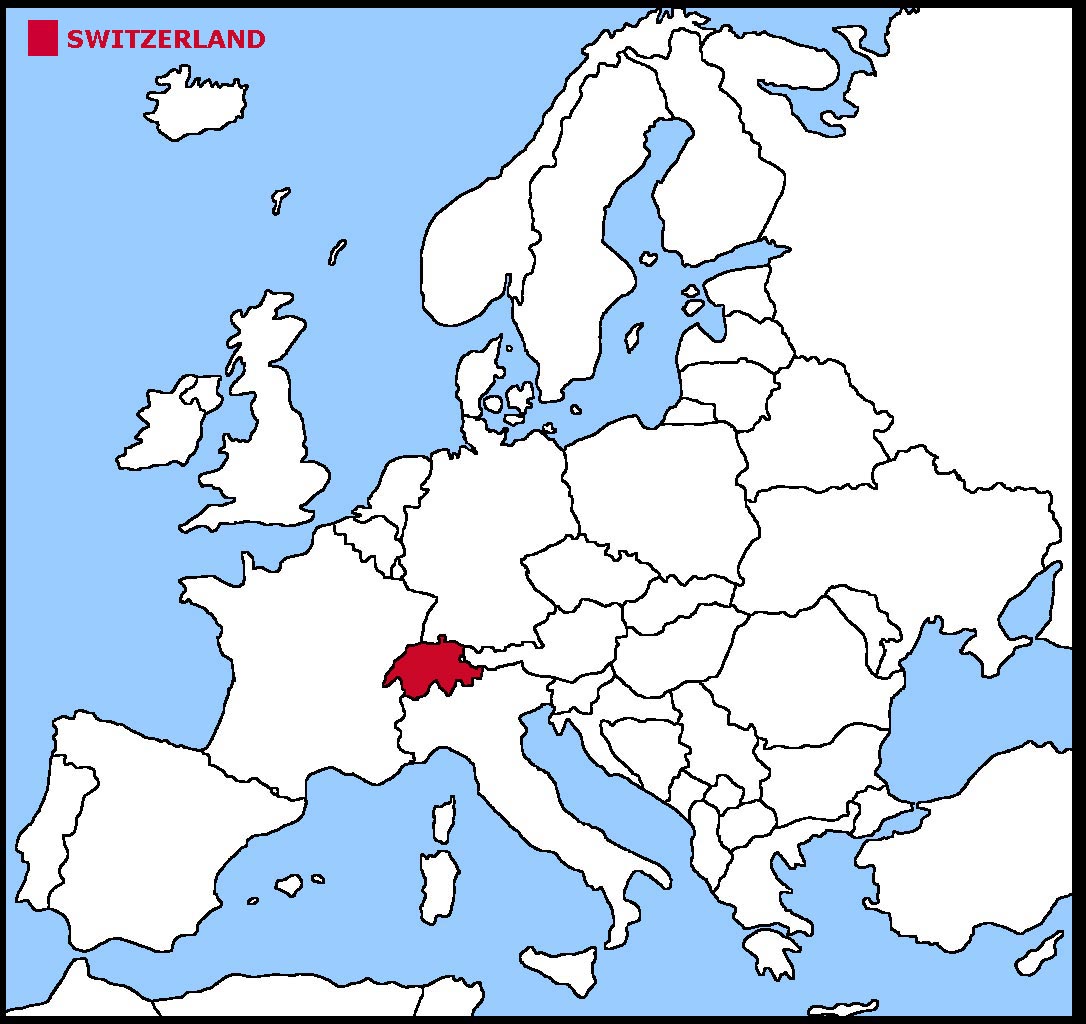

 The Swiss flag is red with a white cross.
The Swiss flag is red with a white cross.


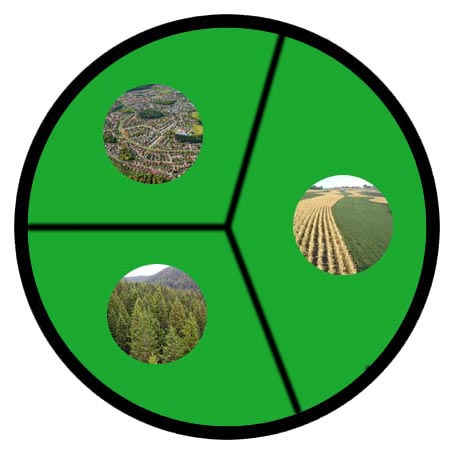

 Each little Owlbut is 1 person and
the big yellow rectangle is 1 sq km. After a while you can compare countries and see which ones are the most crowded. Remember it is only an average as
more people live closer together in towns and cities than in villages out in the country.
Each little Owlbut is 1 person and
the big yellow rectangle is 1 sq km. After a while you can compare countries and see which ones are the most crowded. Remember it is only an average as
more people live closer together in towns and cities than in villages out in the country.
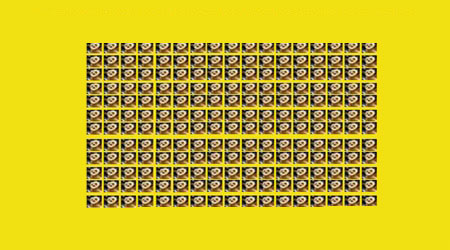

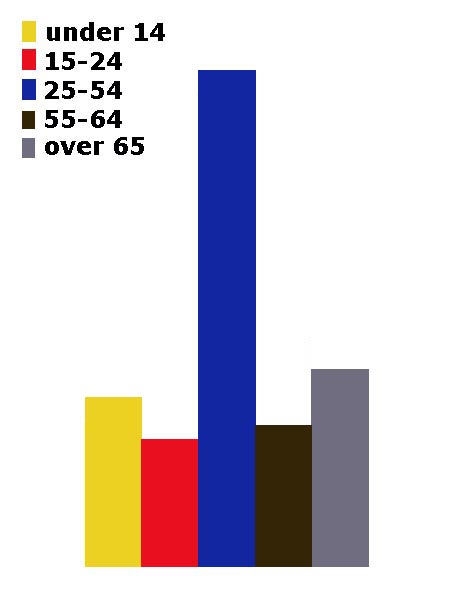
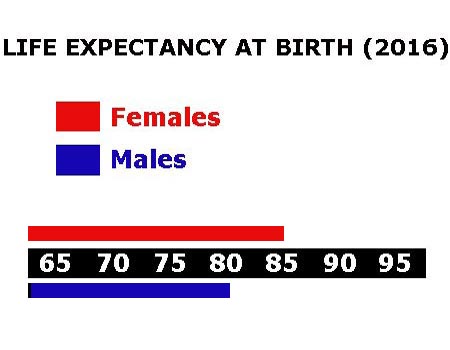

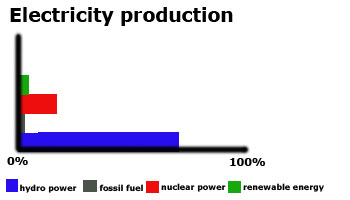

 They work in the following sectors.
They work in the following sectors.



